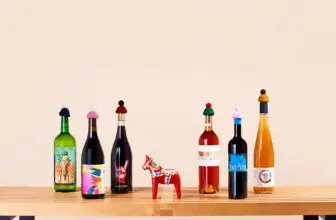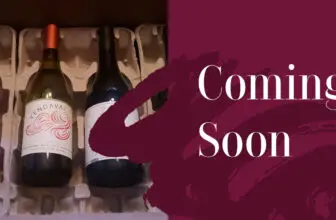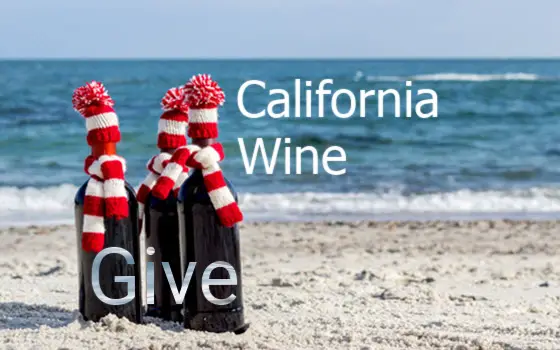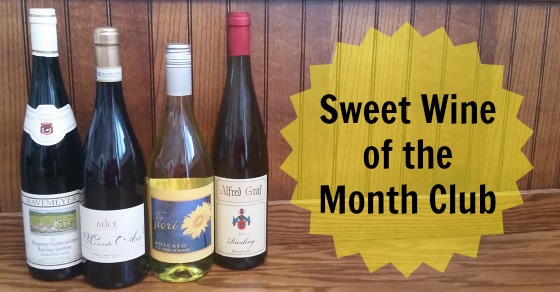Chardonnay, Cabernet, Syrah, Shiraz, Pinot Noir… they must mean something, right? Ever wonder where the different wines got their names from? Probably not, but inspired by this video by Mental Floss, I'm going to tell you – starting with some excerpts from the video itself.
Let's start with wine, which originates from the Latin “vinum” – grape vine.
Sangria used to refer to anything made up with red wine, but now we know it as red wine & fruit. It was popularized in the US during the 1964 World's Fair in New York.
[custom_frame_right shadow=”on”] [/custom_frame_right]Mimosa is named after the Mimosa flower, which is orange in color, like the drink! Mimosas are a great
[/custom_frame_right]Mimosa is named after the Mimosa flower, which is orange in color, like the drink! Mimosas are a great excuse opportunity to drink before noon on a Sunday. Simply champagne and orange juice.
Many old-world wines are named after the region where they originate. Especially well-known in this category is champagne from: Champagne, France. Regions generally share soil conditions, sunshine, rainfall, etc so if a wine is named after a region, the grapes grown there have these things in common. These factors, combined, is called Terroir, which is also used to characterize coffee, chocolate and other harvests.
Here in the US & other parts of the wine new world, we look at Terroir like the metric system and refuse to use it. Instead, our wines are named after the primary grapes used in the production of the wine: Chardonnay, Pinot Noir, Malbec, Sauvignon Blanc, etc. I say “primary grape” as the varietal on the label only has to make up a percentage of the grape used in production, between 75-90%. So if you go into the store and buy a California Cabernet, there may be 15% Merlot and 10% Malbec in there!
This difference is why when you walk into a wine store, European wines are stored by region, while US wines are typically categorized by varietal, or grape 🙂





